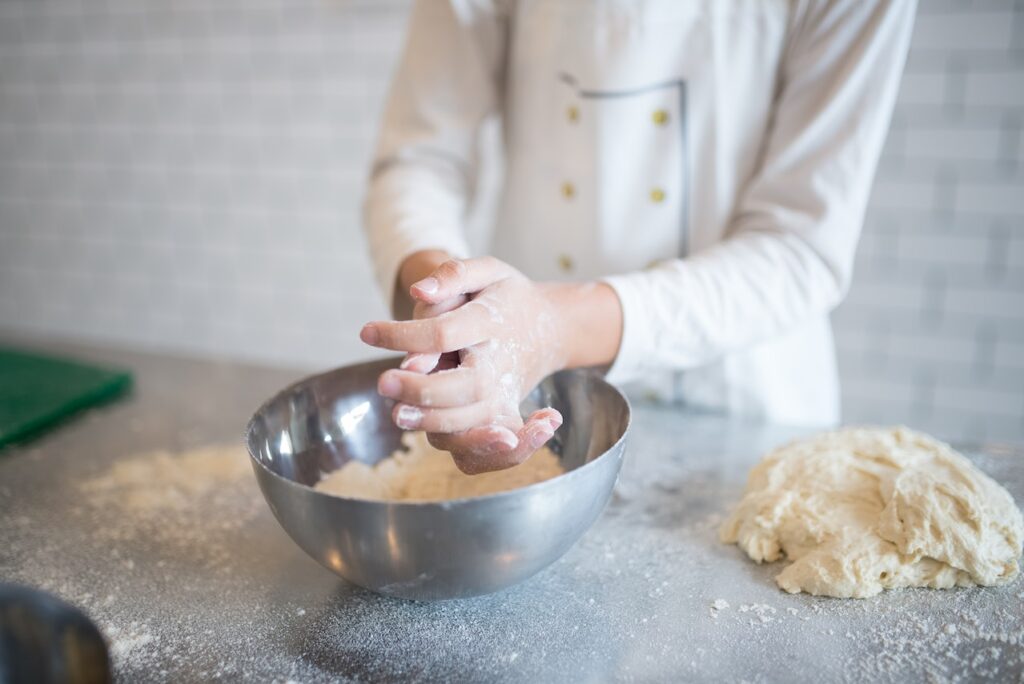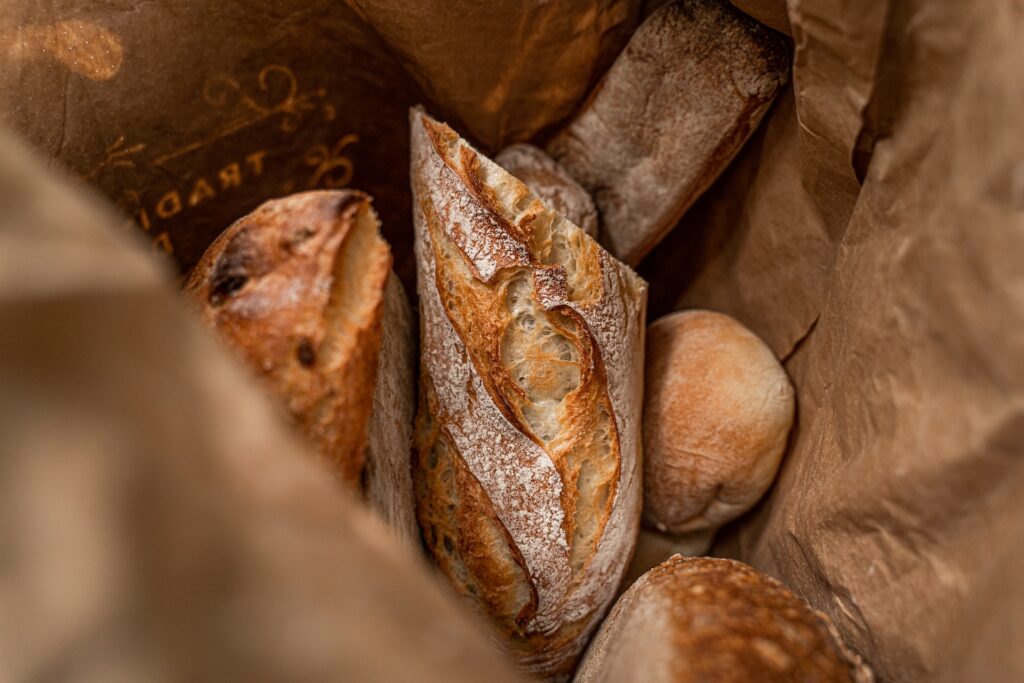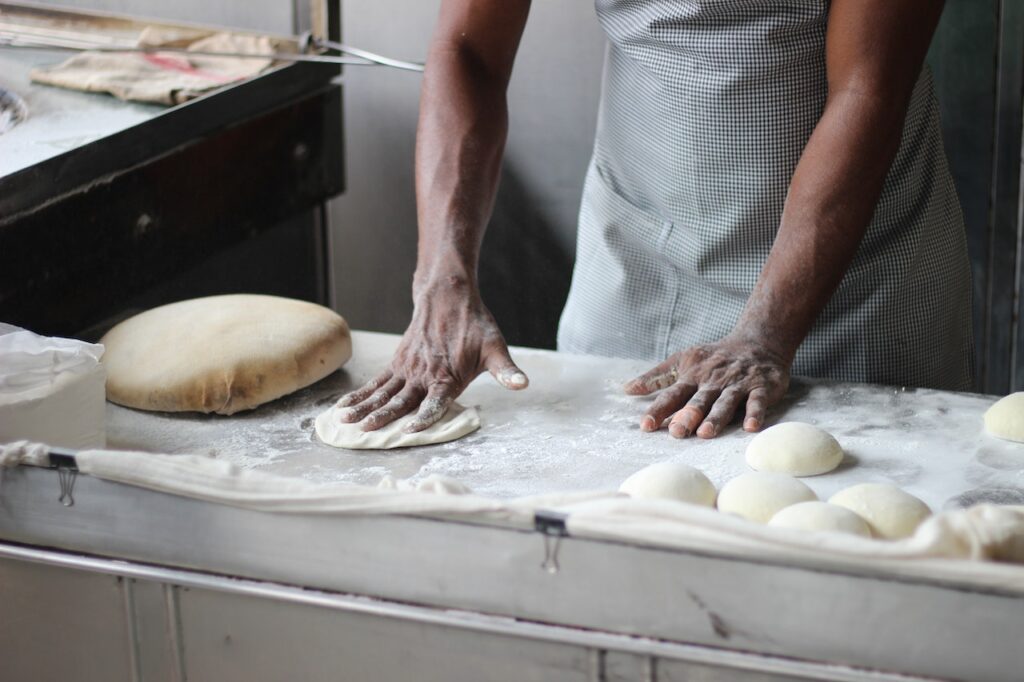Statistical studies show that revenue is marching up at an estimated annual rate of 5.5%, contributing about 2.1% to the GDP in the United States as of 2024. Operational costs are experiencing an all-time high with the volatile ingredient prices, salaries and payrolls, and other health and quality concerns. Today, it is not hard to see why the baking industries with high-quality products, intelligent pricing, an organized environment, and dedicated customer service are bound to pose stable growth in the future. But how do you achieve this?
Owning and operating a bakery is an art and goes beyond just baking and serving. A financial dispute can break down the cost structure of the establishment, especially in hotspots like the kitchen, inventory, and management. The question is how to efficiently run the operations of bakeries profitably while optimizing growth and quality- which is exactly what is covered in today’s article. Here are some efficient ways you can bring down operational costs without compromising quality.
Start From The Ingredient And Equipment Inventory

Source: pexels.com
Studies show about 47% of the global baking industry invests colossal amounts in acquiring ingredients and other equipment; naturally, inventory is the first stone to dodge. Controlling ingredient usage and reducing waste can significantly optimize them to be sustainable on a long-term basis.
One way of doing this is by surfing through online stores and comparing prices and quality reviews. Cheap but quality chocolate cake ingredients from Callebaut chocolate Canada can provide decadent confections that taste delicious while remaining under budget. You also have various options in organized categories, including colorants, flavor emulsions, decorative items, molds, and other tools. Online stores have the greatest advantage of efficient inventory management by preventing rushed restocking, excess or shortage of volume, and optimizing your cost structure.
Implement Volume-Based Pricing
Inappropriate pricing can take your business down the shore, and there are plenty of aspects to consider in this regard. The production volume plays a marginal role in determining price, given an objective measurement period. It is essential to keep in mind the market demand and supply statistics to establish a price reasonable for the customers to purchase at and for your business to earn a planned profit margin. The profit margin rate depends on the type of bakery you are running. Artisan bakeries that work solely based on client customization and past orders sell at higher profit margins; however, the volume sold is on the lower side of the spectrum.
Research shows that profit margins of the food service industry range around 3% and are significantly dependent on the ingredients you buy for the volume you produce. Plan your volumes accordingly so customers know how much they can order. International bakeries may often engage in standard operating and assembly lines to mass-produce. While lowering profit margins may sound daunting and uncertain, setting volume-based pricing can generate demand and increase profits in the long run.
Optimize Wages And Additional Labor Costs

Source: pexels.com
Case studies cited about 35% of the bakeries employing more than they require. Labor costs in the baking industry range from around 20% to 30% of the operating profit. Mismanagement of labor costs is a major concern and has historically caused colossal cost sinks.
Costs are not all about money but also about time management. Maintaining strictly scheduled shifts for your staff and effectively communicating them to your workforce is imperative in delivering quality customer service. Pricing is not like drawing a fine line but more about defining constraints and drawing a range where the constraints are met without destroying quality and profits. It becomes imperative to price organically, as the staff and customers have a monetary limit.
The best way is to review employee performance and adherence to assigned schedules. Revise your workforce requirements and see if you are over-employing or underemployed (both cases can severely affect your business). As prices of products need to be consistent with the quality delivered, it is also important to give wages according to their performance.
Manage Overhead Expenses
Keeping track of operational expenses and bills is an effective strategy for saving money in the long run. Excessive use of water and electricity is detrimental to business expenditure planning and environmental and social cost reputation. Efficiently utilize them and conduct regular reviews of usage. Most costs are due to bad quality equipment which require maintenance, so always think in a long-term perspective to extract optimized results. When considering your overhead costs, it’s essential to factor in your marketing budget. If you’re spending too much on marketing, it could be time to review your budget and look for a more cost-effective solution, like digital signage for cafes.
Food wastage is a widespread reason for enhancing bakery costs. Maintaining daily preparation requirements can reduce over-preparing and wasting expensive resources.
Establish Realistic Budgets
The most effectively run businesses are the ones with a comprehensive budget plan. Make sure to consider all the sources of revenue and consider establishing new production lines. Budgets play an indispensable role in creating mindful awareness in everyone’s mind. Ensure you also account for unforeseen circumstances, like overproduction of your capacities.
Utilize Recipe Cards

Source: pexels.com
Baking is a scientific art where the proportion of ingredients can vastly determine the quality of your cakes and bread. Controlling these ratios and optimizing inventory levels reduce costs by a substantial amount. For instance, leftovers can be turned into a new line of products like croutons, bread pudding, and other deliciousness. Expiration management is also essential on the grounds of utilizing all that you buy. The first-in, first-out method of inventory management can help you label your food in the order from sooner expiration periods to ones that have time.
Getting a digital kitchen scale can prove useful, as a vast majority of the bakeries’ costs lie in inaccurate measurements of ingredients. Recipe cards can assist your staff in the proportions and ingredients to be used invariably. Doing so will ensure quality retention.
Other Useful Tips
Here are some other tips that you can put into practice:
- Ensure regular maintenance and inspection of your equipment to optimize electricity usage and delivery of consistent quality.
- Track and donate non-reusable leftovers
- Measure your revenue from sales to know which lines are performing profitably
- Keep an eye out for sturdy packaging during take-out orders.
- Create a digital footprint by enabling digital payments
Conclusion
External cost issues have always impacted bakery producers’ profitability. While these firms are unlikely to be able to manage customer demand or the economic uncertainty of the harvest season, improving assembly lines and cutting costs can help mitigate a portion of those hazards. Costs must be reduced if businesses are to survive. Modernizing current infrastructure and acquisitions leads to more productivity with more items per machine hour. Companies of baked products might concentrate on a few important components of operations to optimize production and decrease costs. The above tips can assist you in this regard.
